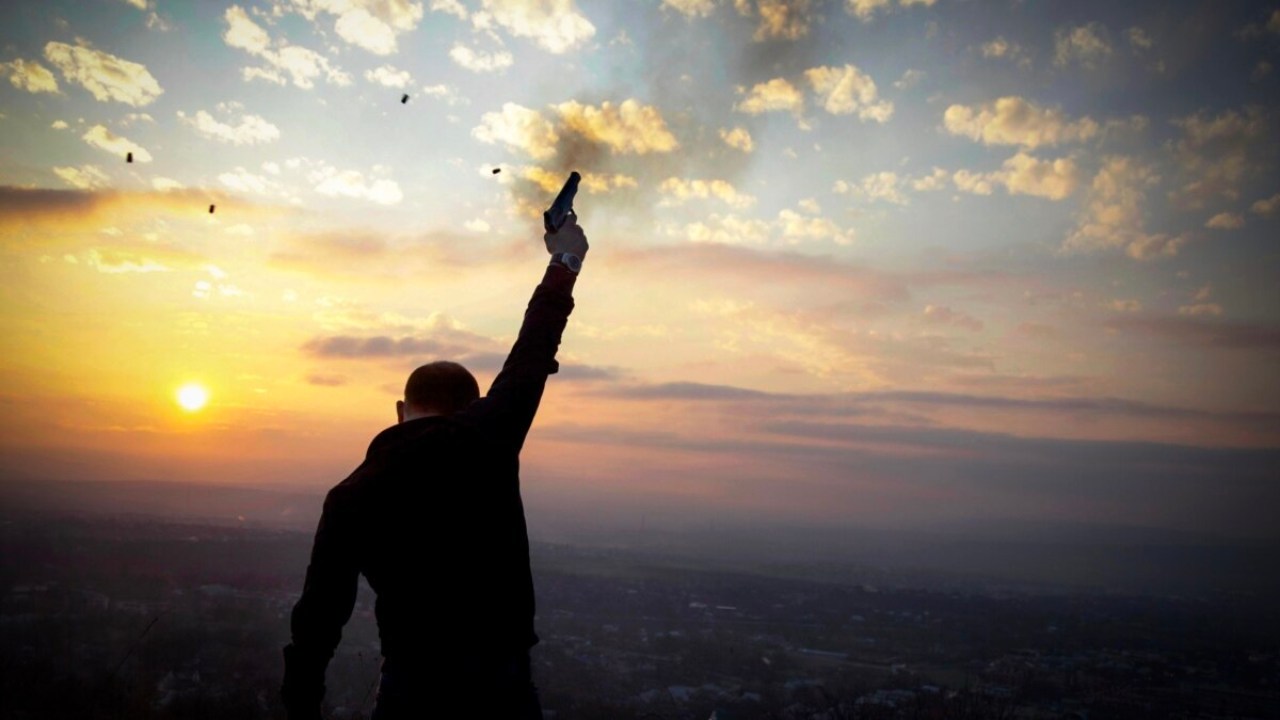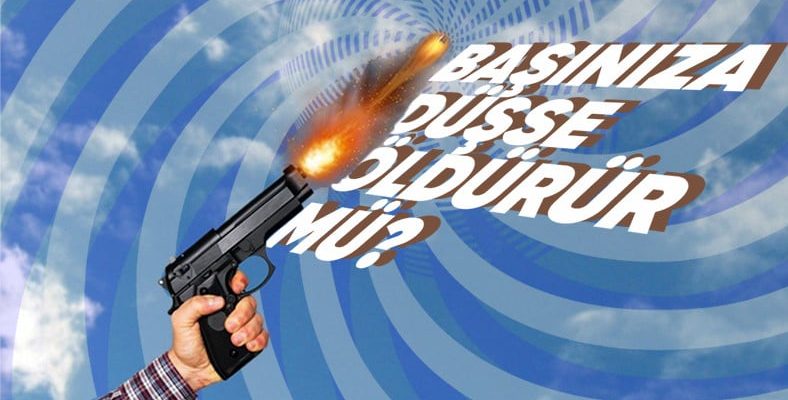As in many parts of the world, throwing guns into the air in ceremonies and celebrations is a very common situation in our country. So where exactly does this bullet that is thrown into the air go, and in what direction does it pose a risk to human and animal life?
It goes without saying how frightening this behavior is, which makes us jump from where we are even when we hear its voice from afar. that may directly injure people or cause serious injury indirectly. We can probably all agree on putting an end to this behavior.
In short, the bullet that comes out of the gun and completes its process in the sky, How does he continue his journey? Let’s see together.
It is thought that shooting into the air will not harm people, but this is absolutely false information.
A human or animal does not have to die for the bullet to pose any risk. Even if that bullet didn’t hit potential danger in the area. may result in various injuries.
Some claims on the subject A bullet fired into the sky reaches space and stays there. Although there is no truth to this claim.
The kinetic energy and constant velocity of the bullet that comes out of the barrel is called “fit bullet”.

The free fall of the projectile due to gravity, after losing its muzzle velocity, is “tired bulletIt is expressed as “. This explosive material moves at a speed of approximately 90-180 meters per second when the upward climb is complete.
At the same time, a bullet-sized object moving at a speed of 60 meters per second hits a person on the head. is a deadly risk in itself..
Again, the bullet, which has completed its journey towards the sky and tends to fall down, hitting the head or shouldermay result in serious irreversible injury.
The angle of the bullet is a very distinctive detail at this point.

If the projectile is fired upwards at a certain angle and not at a right angle to the sky, this explosive substance keeping its orbit it moves. This makes the projectile less likely to move by entering a rolling loop.
If the bullet moves directly without rolling, it causes it to move at a speed much higher than its speed in free fall, and this situation, higher risk of death in freefall means.
Also, wanting to elaborate on the rule that what goes up must come down, Benjamin Robins found in 1761 that a large-caliber projectile fired upwards returns to the ground after 30 seconds.

The Maxim machine gun was pulled into the tidal mud of a river and two bursts of about 30 rounds were fired into the air. Then the moments when the bullets hit the ground were calculated with a stopwatch and flight times of about 55 seconds was recorded.
Results from experiments that the bullets reached 2,750 metersIt was determined that it took almost 2 times for the rise to fall to 19 seconds.
So what is the risk of injury from these bullets?

Between 1985 and 1992, a group of doctors in Los Angeles studied victims of gunshot wounds and identified 118 who were believed to have been mostly shot by falling bullets. among these people Those who do not realize that the bullet has come over them without hearing any gunshots. There was also.
For those hit by falling bullets, the chance of the wound being fatal was much higher than with a typical shot and the hospital gave between 2% and 6% of deaths from regular shooting, while the death rate for those hit by falling bullets was close to one-third.
The reason for this was quite simple. Those unfortunate enough to be hit by falling bullets, was more likely to be shot in the head and although the bullets moved more slowly after being thrown into the sky, they were still strong enough to shatter people’s skulls.
RELATED NEWS
How Do Some People Survive Even When Shot in the Head?
RELATED NEWS
